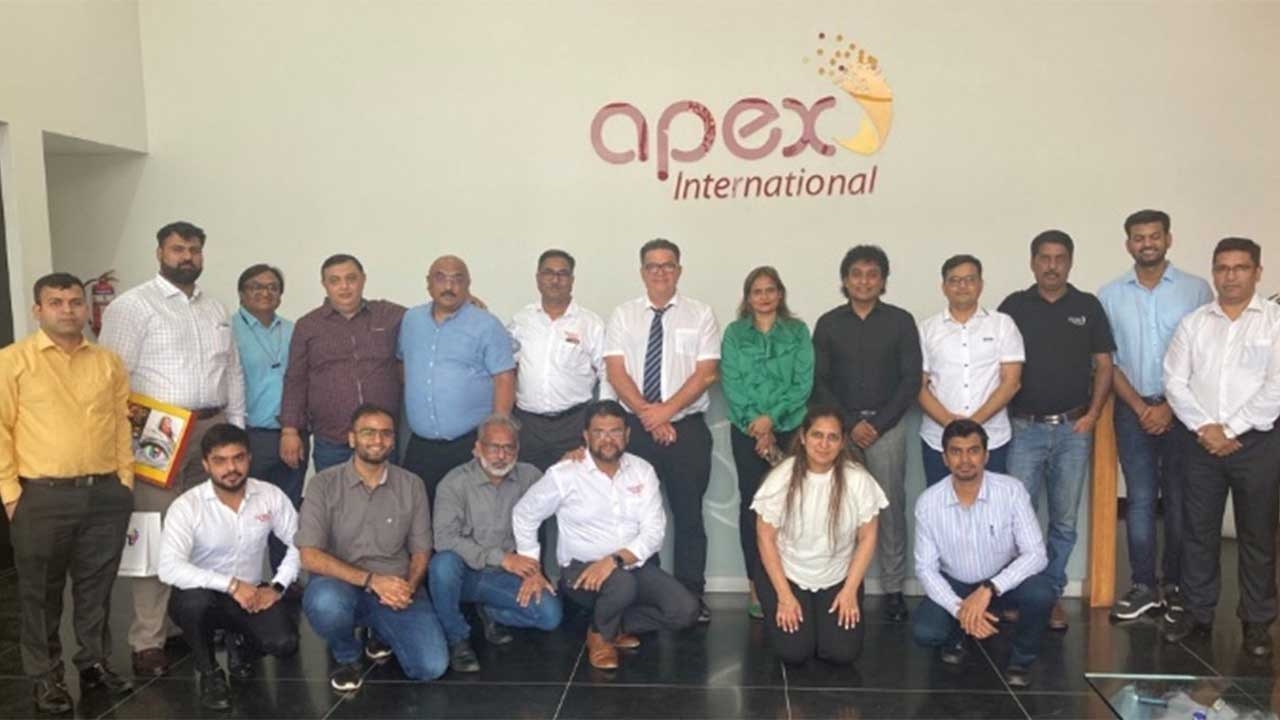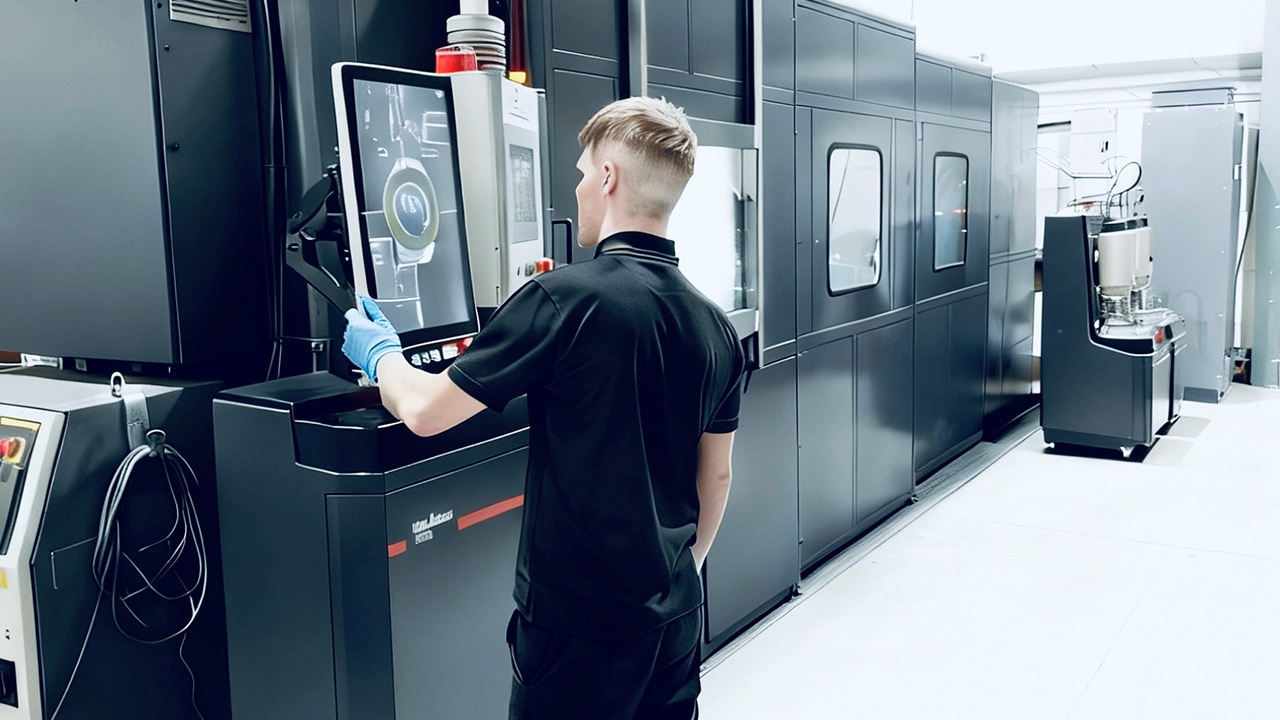Apex International hosts Repro Supplier Meet
The event highlighted the challenges faced by repro houses in relation to anilox technology

Apex International has concluded its Repro Supplier Meet on July 26, 2023 at its production facility located in Sinnar, Nashik. The one-day event was well attended by leading reprographic and plate suppliers across India. The event highlighted the challenges faced by repro houses in relation to anilox technology.
Mangesh Bhise, director sales-Asia Pacific and ME, said: ‘In light of the current and future trends in flexography, it has become increasingly evident that a high level of integrity is required among key stakeholders in the flexo ecosystem. The event provided scientific facts related to the manufacture and measurement of anilox engraving, pros and cons of ECG compared CG (4 -color YCMK), and opportunities the flexo industry has if the suppliers unite.’
Flexography, as a printing process, relies on a multitude of variables where design, repro and anilox play a vital role in providing the desired output. Since this event was designed to demonstrate how the anilox capabilities influence the flexo process there was no focus on plate and ink specialty surface patterns or pigmentation.
Nick Harvey, technical director, added: ‘The anilox is a very technical product. If not controlled, it will result in an anilox that can be measured as the same values of line screen and volume but could deliver totally different amounts of ink transfer and color.’ He elaborated that in addition to cell geometry the same line screen with hexagonal cells can be manufactured with different volume and different cells shapes. Whereas GTT 2.0, our patented open slalom channel engraving, is always produced to have the optimum opening to depth ratio.
To demonstrate the consistency of GTT, Apex included a live volume measurement demonstration on three separate anilox (GTT S) using the MicroDynamics 3DQC. The results proved that the channel shape, size, finish, and volume are extremely consistent measuring at 4.21 cm3/m2, 4.24 cm3/m2 and 4.28 cm3/m2.
Dhanraj Patil, managing director, said: ‘This level of consistency is a key benefit of GTT. To be able to achieve this level of repeatability in the engraving gives the flexo process a firm foundation to build on, which will result in faster changeovers, less waste, higher quality imagery, and enable ECG or CG to be adopted easier.’
Consistent engraving delivers consistent and predictable ink density. Apex performed live printing to demonstrate consistency using three GTT C3.5 anilox using the same unit, plate, and ink. To push the demonstration to the limit, Apex chose to print black (the most challenging of YMCK). The density achieved across the three printed samples were 1.29, 1.26 and 1.35.
‘We are fully aware that the required ink density for black should be around 1.45 to 1.6. However, for the purpose of proving consistency this test demonstrated a perfect example of benefits from the GTT engraving,’ the company reported.
Printers have many sets of conventional anilox that can be tested the same way to evaluate the anilox performance. It is important to acknowledge that the anilox is the foundation and not the single solution, print process needs to be in control.
Harvey also discussed the rising popularity of digital print due to shorter runs and personalization. However, he asserted that flexo has a unique edge in the form of embellishments with textures and 3D effects that can attract customers and open new markets for label printers.
‘By adopting YMCK (4 color) you can still achieve 835 Pantone colors which is an area that has not been explored sufficiently. Printers can cater to high value products and markets by utilizing the remaining print stations for label and packaging embellishment elements,’ he said.
He demonstrated the use of matte, gloss, and tactile lacquers to produce raised, paper feel, and 3-D effects whilst using the standard flexo units inline.
Stay up to date
Subscribe to the free Label News newsletter and receive the latest content every week. We'll never share your email address.

